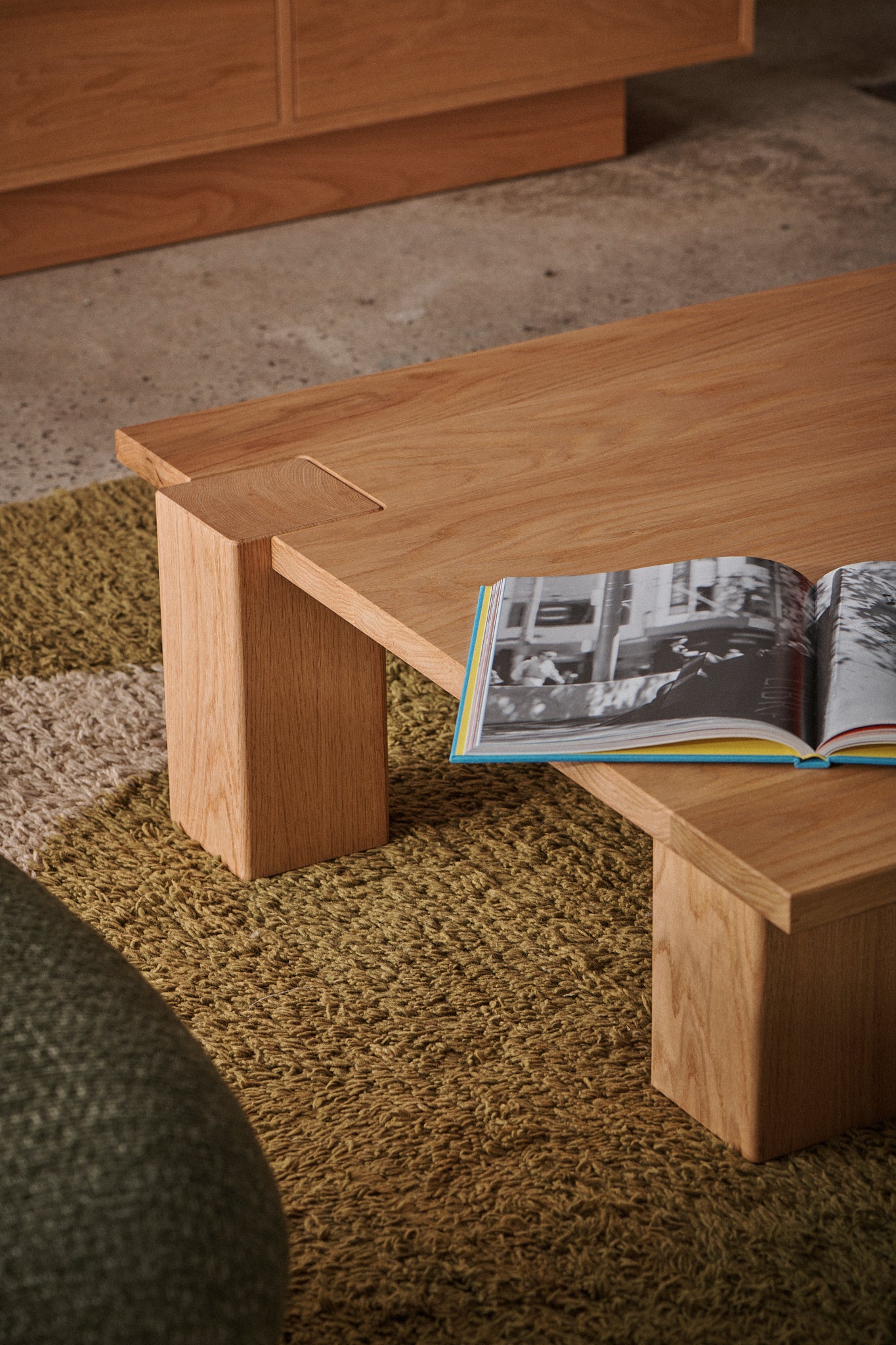
Why Avoiding Fast Furniture Matters
In an era where convenience often overshadows conscious decisions, "fast furniture" has transformed not only our homes, but also our landfills. Like fast fashion, fast furniture provides immediate satisfaction but carries significant environmental consequences. At Lette Studio, we champion a more intentional approach to furnishing your space.
The Environmental Impact of Fast Furniture
We were horrified to learn about just how much furniture gets thrown out. Research shows that approximately 85% of kerbside furniture ends up in landfills rather than being recycled or repurposed. Sydney alone discards enough furniture annually to equal about 800,000 three-seater sofas, 1.65 million dining tables, 3.5 million coffee tables, or an astounding 6.85 million chairs.
Understanding Fast Furniture
Fast furniture refers to mass-produced pieces manufactured for rapid production and easy consumption, typically made from lower-quality materials such as chipboard or particleboard.
We understand the attraction: fast furniture is affordable, readily available, and fulfils the desire for immediate home updates. However, this convenience brings substantial long-term costs to both our wallets and our planet.
Problems with Fast Furniture
The issues with fast furniture extend beyond surface-level concerns:
Environmental burden: Most discarded furniture ends up in landfill, contributing significantly to waste management challenges and releasing harmful substances as materials break down.
Limited lifespan: These pieces damage easily and present significant repair challenges. Simple water exposure can permanently damage particleboard, while veneer surfaces frequently separate after minimal use.
Trend dependency: Fast furniture often follows fleeting design trends, created to be replaced when new styles emerge rather than standing the test of time.
Health considerations: Many mass-produced items contain formaldehyde and other volatile organic compounds (VOCs) that potentially affect indoor air quality and resident health.
Production ethics: The pressure for low-cost production frequently results in questionable labour practices and resource management issues.
Sustainable Furniture Shopping Strategies
Creating a thoughtfully furnished home with minimal environmental impact is achievable. Consider these sustainable furniture shopping tips:
1. Ask yourself if you really need it.
Before purchasing, consider: Is this piece truly necessary? Could existing furniture serve this purpose? This simple reflection prevents unnecessary consumption and brings intentionality to your home.
2. Prioritise quality pieces.
Quality furniture carries a higher initial cost for valid reasons. Solid timber construction, proper joinery techniques, and skilled craftsmanship ensure pieces last beautifully for generations. Interestingly, when calculated over its lifespan, quality furniture often proves more economical than repeatedly replacing cheaper alternatives.
3. Support local.
Buying locally crafted furniture strengthens community economies while reducing transportation emissions. Local purchasing also allows direct relationships with furniture makers, adding a meaningful connection to your pieces that mass-produced items cannot match.
4. Research materials thoroughly.
Look into materials and don't be afraid to ask questions!
- Select solid timber furniture that allows for restoration and refinishing over time
- Be cautious about undefined materials or ambiguous terms like "composite timber"
- Request information about finishes and adhesives. Natural hard-wax oils and water-based adhesives give beautiful results without harmful emissions
5. Consider second-hand furniture.
We recognise that locally-made quality furniture isn't accessible for every budget. Second-hand shopping provides a sustainable alternative, and you can often find unique pieces with character and history for a fraction of the cost of buying new. Estate sales, vintage retailers, and online marketplaces are great sources for well-crafted pieces seeking new homes.
6. Restore existing furniture.
That scratched table or aging chair likely has considerable life remaining. Learning basic restoration skills or working with local furniture restorers can transform tired pieces into refreshed focal points while keeping valuable materials in circulation.
7. Be mindful with disposal.
If you do find yourself needing to dispose of furniture, see if it can be sold, donated or refurbished before sending it to the curb (where it will most likely end up in landfill). Many municipalities also offer furniture recycling programs worth investigating before choosing kerbside disposal.
Our Approach To Sustainable Furniture
At Lette Studio, our ethos is all about sustainability and creating quality, solid timber furniture designed to look beautiful and last for generations.
- We source premium timber exclusively from sustainably managed forests
- Each piece is crafted locally in Melbourne, supporting our community of skilled artisans
- Our finishes feature natural-based hard wax oils that protect both your home environment and the wider ecosystem
- We actively reduce material waste by repurposing offcuts and samples
- Our end-of-life product stewardship agreement ensures responsible management when furniture eventually completes its life cycle.
Creating a More Sustainable Future
Every purchase represents a choice about the world we want to create. By selecting quality, locally-made furniture designed for longevity, you invest not just in your home's aesthetics and functionality, but in a more sustainable approach to living.
When considering your next furniture purchase, we encourage you to pause, reflect, and select pieces that honour both craftsmanship and our shared environment. True luxury exists not in immediate gratification, but in enduring quality that improves with time and can become increasingly meaningful through the years.
This thoughtful consumption approach benefits not only our planet but creates a home filled with pieces your family will treasure for generations.

